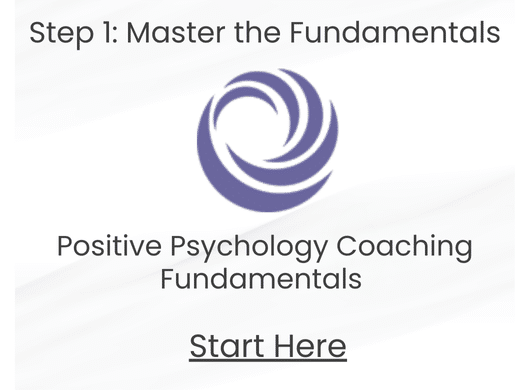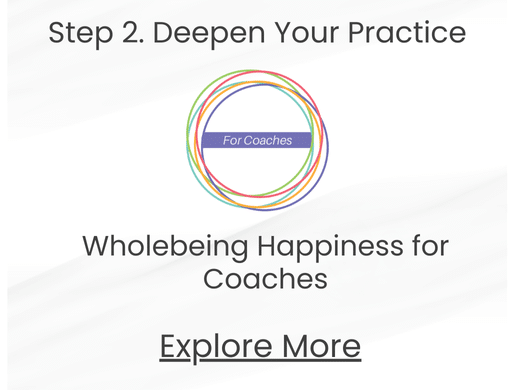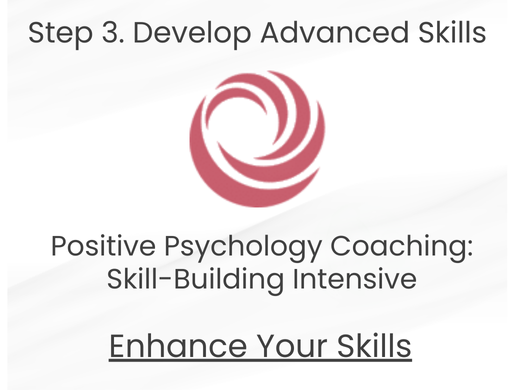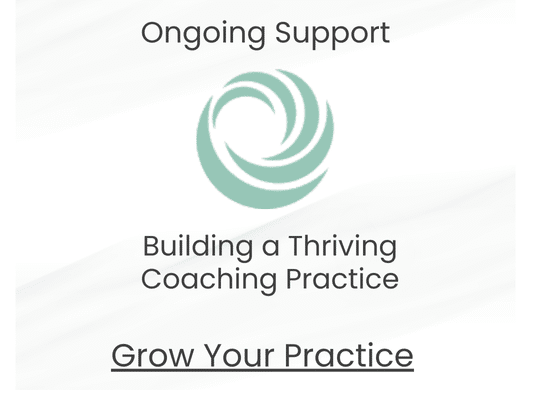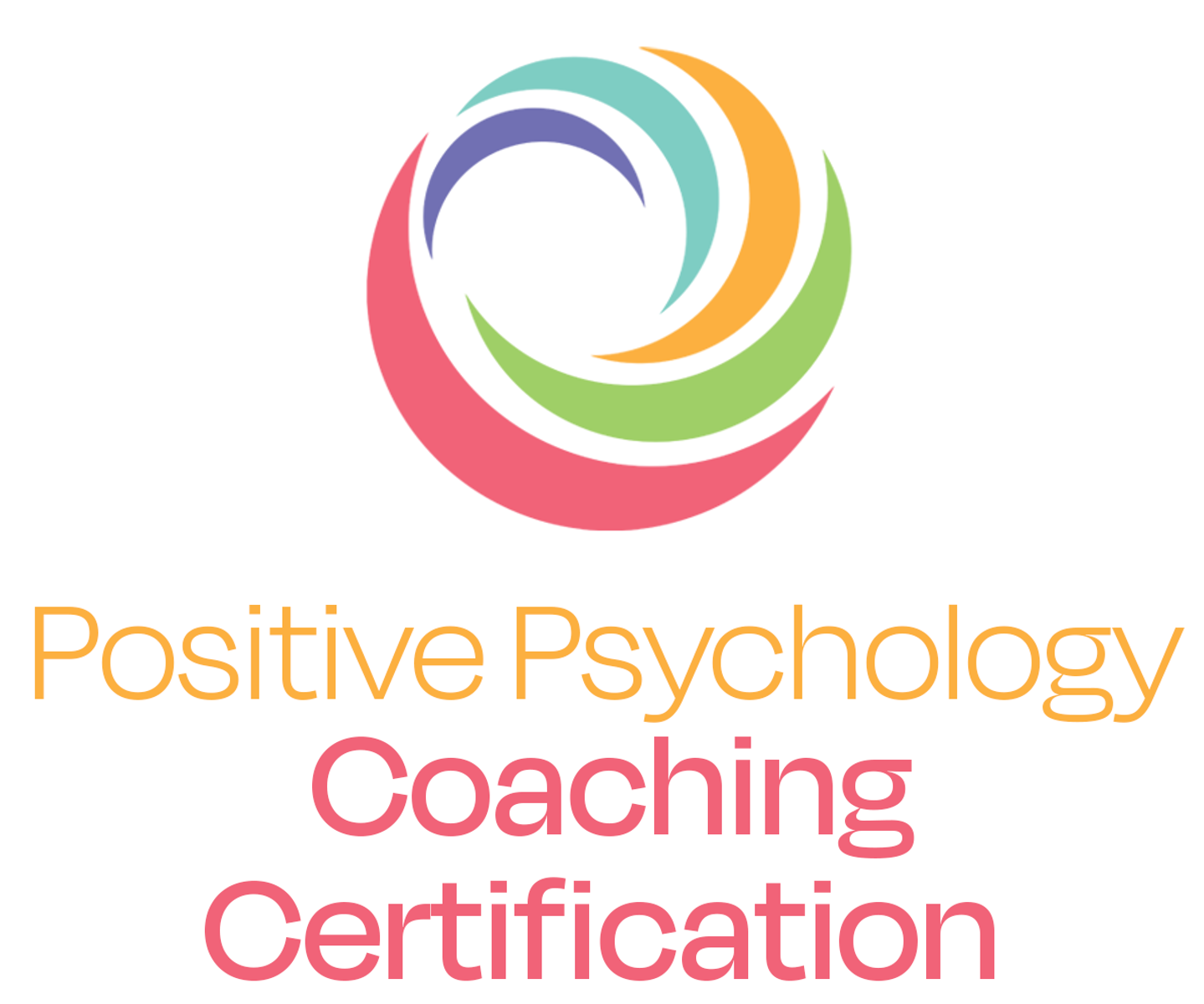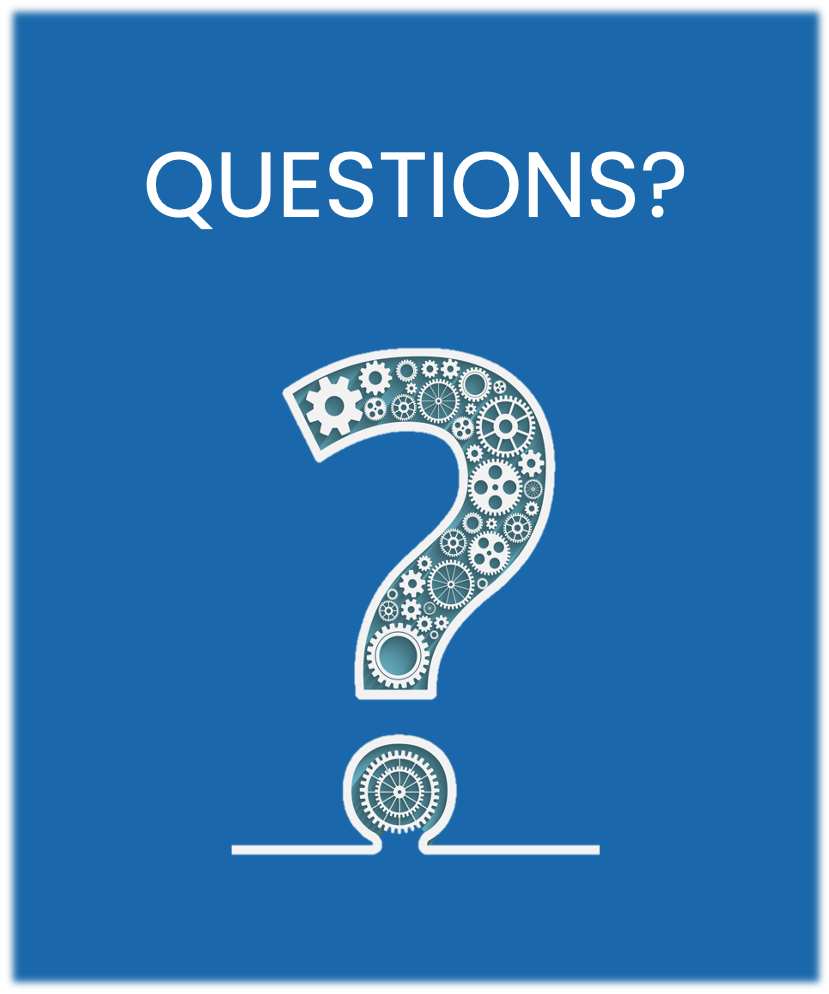by Nicole C. Fuentes
Gratitude is one of the most powerful and effective tools to increase our experience of well-being. According to scientific studies, cultivating gratitude can increase our positive emotions by as much as 25 percent.
Practicing gratitude goes beyond saying “thank you”; it has to do with developing a deep sense of life appreciation. It’s about noticing the good in your life, what you do have, what you can do, and the people that are with you—loving you, supporting you, and positively contributing in your life. Gratitude allows us to see life through a lens of abundance, instead of a lens of scarcity. And, sometimes, gratitude is all about noticing what did not happen—the accident you did not have, what almost happened but didn’t.
Robert Emmons, psychology professor at the University of California, Davis, says that the definition of happiness has two elements. The first is an affirmation of goodness, and the second is an attribution.
We make an affirmation of the good when we reflect about our life in general and our everyday moments, and recognize the gifts and benefits we’ve received. This does not mean that life is perfect or that there are no problems and hardships. It means that we are able to also highlight the good. The secret lies in taking a pause, appreciating, and being grateful before we keep on going. In his TED Talk, Brother David Steindl-Rast says, “If you want to be happy, be grateful.”
We are on this train called life, in which we’ve been taught that everything needs to be grand, glamorous, spectacular, shiny, and monumental, or else it does not matter. However, it is the small ordinary moments, says Brené Brown, that make our life extraordinary.
Small details: Laughing until it hurts, falling in love, hot water in your shower, the smell of coffee when you wake up, a nice message, a beautiful dream last night, your child’s smile, being the first person in line, a surprise, the smell of rain. Small details are what we miss the most when we don’t have them anymore: the image of your father reading the newspaper, your mother’s phone calls, the tight hugs and sticky kisses of your kids when they were little.
The second element in the definition of gratitude, Emmons says, is an attribution—discovering where the good in your life comes from. We recognize that the sources of this goodness are outside of ourselves, he says, and that behind our blessings are often the actions of other people. Practicing gratitude consists of appreciating what others do or have done for us—the big and the small.
How do we incorporate gratitude into our lives? Or, how do we activate happiness in our days through gratitude? There are two simple and effective exercises that can elevate our experience of well-being through gratitude.
Three Good Things: To train your brain to notice the good in your days or in your life in general, every night, before going to sleep, think of three good things that made you feel happy, that you enjoyed, that made you laugh. For instance, my teenage son was in a good mood this afternoon, I got a phone call from a dear friend, and I finished my project.
The Gratitude Journal: Once a week, write down everything that you feel grateful for—warm moments, positive experiences. When we write, we remember, and when we remember, we live it again. The gratitude journal is also useful for those days in which you think nothing works or the world is against you. You go back to your journal and find the evidence: Your life isn’t that bad, you’re just having a bad day.
Saying Thank You: So much of the good in our lives comes as a result of someone else’s actions—helpful advice, an introduction, a nice gesture, support in times of difficulty. Thanking people personally for what they bring to your life has a positive effect on you and on the person receiving your gratitude gesture. In his book This Is the Moment!: How One Man’s Yearlong Journey Captured the Power of Extraordinary Gratitude, Walter Green describes the powerful effect of giving thanks personally, and urges us to start doing it today, while the people we care about are still around. Make a list of those who have made or make a positive difference in your life. Write a note or letter of gratitude to each one and deliver it—personally, over the phone, via text message, or symbolically, if the person is not here anymore. This beautiful video by Soul Pancake demonstrates how amazing this exercise can be.
I thank you for reading this post!
La Gratitud Es la Actitud de la Felicidad
by Nicole C. Fuentes
La gratitud es una de las herramientas más poderosas y efectivas para aumentar nuestra sensación de bienestar. Según estudios científicos cultivar consistentemente la gratitud hace posible elevar nuestras emociones positivas hasta en un 25 por ciento.
Practicar la gratitud va más allá de decir gracias y consiste más bien en desarrollar un sentimiento profundo de agradecimiento con la vida. Tiene que ver con notar lo bueno que te pasa, lo que sí tienes, lo que sí puedes hacer y las personas que sí están contigo queriéndote, apoyándote y contribuyendo positivamente en tu vida. La gratitud permite ver la vida a través de un lente de abundancia, en lugar de un lente de escases. En ocasiones, la gratitud también está en darte cuenta de lo que no sucedió, de lo que te salvaste, de lo que casi pasó pero no pasó.
Robert Emmons, profesor de psicología de UC Davis en California, explica que la definición de gratitud tiene dos elementos. El primer elemento es una afirmación de lo bueno y el segundo es una atribución.
Hacemos una afirmación de lo bueno cuando reflexionamos sobre nuestra vida en general o los momentos cotidianos y reconocemos las cosas lindas que tenemos y que nos pasan. Esto no quiere decir que la vida es perfecta o que no hay problemas y dificultades. Quiere decir que somos capaces de resaltar lo bueno. El secreto está en hacer pausas, observar y agradecer antes de seguir, como dice David Steindl-Rast en su conferencia de TED “Si quieres ser feliz, sé agradecido.”
Viajamos en este tren de vida en que todo tiene que ser grande, glamoroso, brilloso, monumental y espectacular si no, no importa. Nos han entrenado para pensar que una vida ordinaria no tiene chiste. Sin embargo, son los pequeños detalles ordinarios, como señala Brené Brown los que hacen una vida extraordinaria.
¿Pequeños detalles? Reírte hasta que te duela, enamorarte, agua caliente para bañarte, un café al despertar, un mensaje, un sueño bonito, las risas de tus hijos, nadie delante de ti en la fila del súper, una sorpresa, el olor de la tierra mojada. Pequeños detalles son también esos que más hacen falta cuando ya no los tienes. La imagen de tu papá leyendo el periódico, las llamadas de teléfono de tu mamá, los abrazos apretados y los besos pegajosos de tus hijos cuando eran chiquitos.
El segundo elemento en la definición de gratitud es una atribución y consiste en descubrir el origen de las cosas buenas que tienes y te pasan. Si te preguntas ¿De dónde vienen? en la gran mayoría de los casos encontrarás que detrás de cada una de tus bendiciones están las acciones de otras personas. Practicar la gratitud consiste también en agradecer lo que otros hacen o han hecho por ti. Lo chiquito y lo grande.
¿Cómo hacemos para incorporar la gratitud a nuestra vida? o ¿Cómo activamos la felicidad del día a través de la gratitud? Existen dos ejercicios simples y efectivos para elevar nuestra sensación de bienestar utilizando la gratitud.
Tres cosas buenas: Para entrenar a tu cerebro a notar lo positivo de tus días o de tu vida en general haz el ejercicio “Tres Cosas Buenas”. Cada noche antes de dormir piensa en tres cosas que te hayan hecho sentir bien, que hayas disfrutado, que te hayan hecho reír. Por ejemplo, mi hijo adolescente llegó de buen humor, recibí la llamada de una amiga, mi familia está completa, terminé mi trabajo.
Diario de gratitud: Si te gusta escribir puedes comenzar un diario de gratitud. Una vez por semana escribe todo aquello de lo que te sientas agradecido, momentos agradables, experiencias positivas. Cuando escribimos recordamos y volvemos a vivir. Este diario también sirve para esos días en que piensas que nada te sale bien o que el mundo te persigue. Regresas a tu diario y encuentras la evidencia: tu vida no es un desastre, sólo estás teniendo un mal día.
Agradecer personalmente: Decíamos que el otro componente en la definición de gratitud tiene que ver con reconocer que mucho de lo bueno en tu vida es producto de las acciones de alguien más -un consejo, una enseñanza, una conexión con alguien más, un gesto con tu familia, apoyo en un momento difícil-.
Agradecer personalmente tiene un efecto positivo en ti y en la persona que recibe tu gesto de gratitud. Walter Green describe en su libro “This is the Moment” el poderoso efecto de agradecer personalmente. Además nos invita a hacerlo ahora, mientras las personas estén todavía aquí. Haz una lista de personas que han hecho o hacen una diferencia positiva en tu vida. Escribe un mensaje o carta de agradecimiento describiendo su contribución y entrégalo –personalmente, por teléfono, mensaje de texto o simbólicamente si es que la persona ya no está-. Te sentirás mucho más feliz y en paz. Aquí te dejo el vínculo al video de Soul Pancake para que veas lo increíble que es este ejercicio. Anímate a hacerlo y regresa a contarnos cómo te fue.
Yo de paso aprovecho para agradecerte a ti por leer esta publicación.
Nicole C. Fuentes, CiPPLA, is a positive psychology consultant and has dedicated her professional life to the study of happiness. She teaches the class “Actions for Happiness” at Universidad de Monterrey, Mexico, and is an international speaker. She has a weekly blog, and is a guest writer for three different magazines. Nicole recently finished her first book on happiness. She loves to read, paint, bike, run, and spend time outdoors.


 Nicole C. Fuentes, CiPPLA, is a positive psychology consultant and has dedicated her professional life to the study of happiness. She teaches the class “Actions for Happiness” at Universidad de Monterrey, Mexico, and is an international speaker. She has a weekly blog, and is a guest writer for three different magazines. Nicole recently finished her first book on happiness. She loves to read, paint, bike, run, and spend time outdoors.
Nicole C. Fuentes, CiPPLA, is a positive psychology consultant and has dedicated her professional life to the study of happiness. She teaches the class “Actions for Happiness” at Universidad de Monterrey, Mexico, and is an international speaker. She has a weekly blog, and is a guest writer for three different magazines. Nicole recently finished her first book on happiness. She loves to read, paint, bike, run, and spend time outdoors.